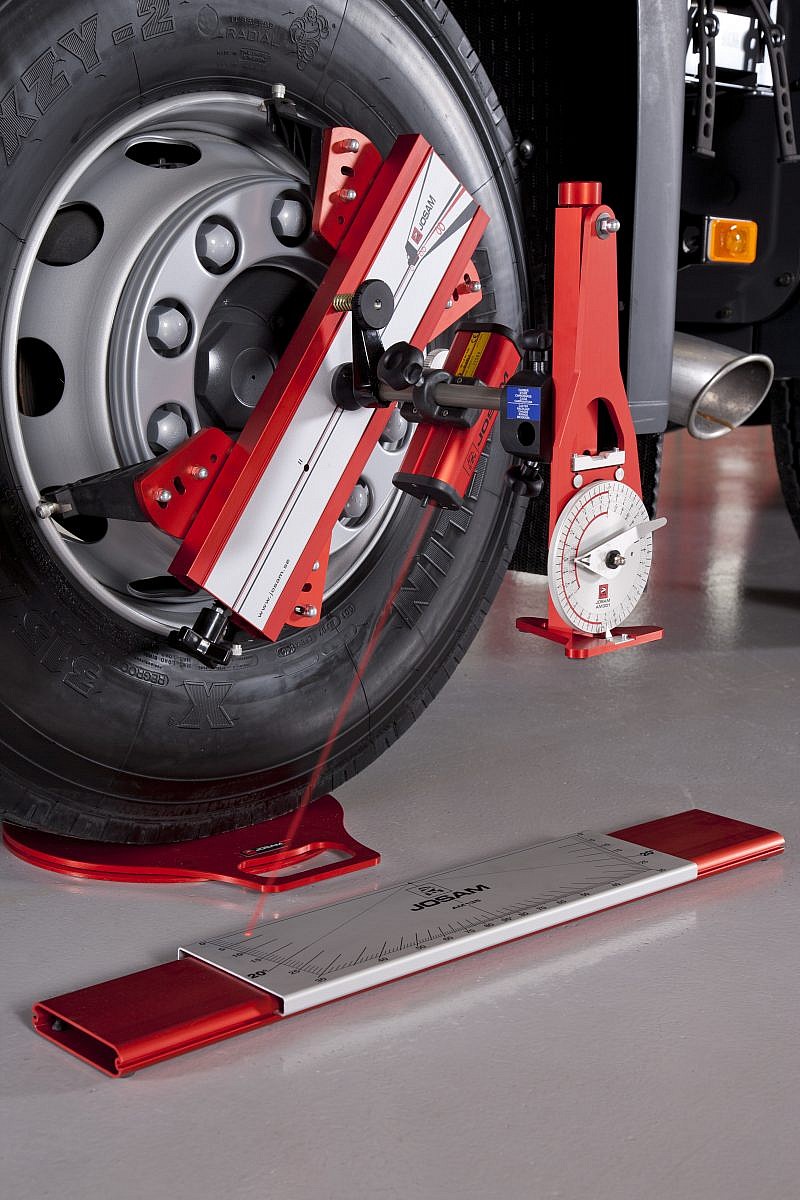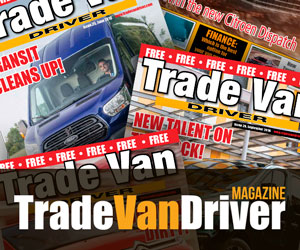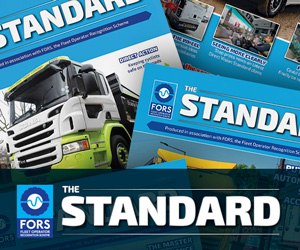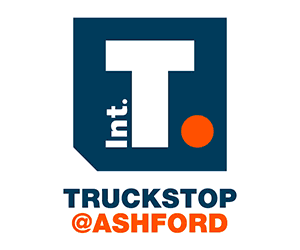
Steertrak share the benefits of wheel alignment and how it is more economical when it comes to fuel consumption and tyre wear
Wheel alignment is proven to save on fuel and tyres: If the wheels on a commercial vehicle are misaligned by only a small amount, this can have a significant impact on the handling characteristics of a vehicle, reducing tyre life and impacting fuel economy. Quite simply it is just money wasted. A half a degree misalignment on one axle could reduce tyre life by half and reduce fuel economy by 3-5 per cent.
If done properly wheel alignment will be self-financing: Industry research and Steertrak customer data and track trials suggest savings of up to 5% on fuel and over 20% on tyres can be readily achieved. For commercials vehicles, savings in the region of £500 to £3,500 per annum have been reported.
Not all wheel alignment is the same: Doing the wheel alignment on a car is not the same as doing the wheel alignment on a commercial vehicle. The alignment equipment is different and the method used to set them up is different. For commercial be sure to go to a professional commercial vehicle alignment company.
Tracking versus full wheel alignment: Tracking refers to the angle of one wheel compared to the wheel on the opposite side. For a lot of cars resetting the tracking is all that is needed, and that often what you will get quoted for when trying to find the cheapest price. However for commercial vehicles just re-setting the tracking is not enough. You also have to set the wheels straight to the chassis, straight to the steering box (or steering rack), and straight in relation to other axles. Not all wheel alignment systems can do this.
Fixed solid beam axles can also be aligned: Contrary to common belief you can align fixed beam axles such as those on a trailer or on a drive axle. It is not possible to adjust the tracking, but you can still align those to straight ahead using shims or cam bolts.
Check wheel alignment at least once a year: Some operators wait until they see major tyre wear before getting the wheel alignment checked. However at this point the damage is already done and the money is down the drain. And it is not just the cost of replacing the tyres, as for every pound wasted on tyre wear much more would have been wasted on fuel. Many fleet managers now insist on a wheel alignment check as part of the vehicles annual MOT, as well as every time a steering or suspension component is replaced. Fleets that have adopted a preventative wheel alignment program have claimed fuel savings of 3-5 per cent and improvement in tyre life of 5 – 20 per cent.
Be wary of potholes:
Every time a vehicle mounts a kerb, hits a pothole or runs along the verge, there is a chance that the wheel alignment could be affected, and repeated knocks over time will undoubtedly mean the alignment will need to be reset.
Recheck wheel alignment after steering parts are changed: Every time a ball joint, track rod end, steering or suspension component is changed
again the wheel alignment will need to be reset. Not all workshops do the wheel alignment after parts have been changed.
Uneven tyre wear is not just down to poor wheel alignment:
When confronted with a tyre wear issue it is also necessary to investigate other contributory factors like tyre pressures, tyre selection, worn mechanical components (bearings, ball joints, suspension etc.). It can be a waste of time undertaking wheel alignment until these other issues are put right. A professional wheel alignment company should be able to advise on these other issues.
Signs & symptoms of incorrect wheel alignment: Often the driver will be the first person to highlight a potential wheel alignment problem. A misaligned vehicle may require the driver to make constant adjustments and “fight” to keep a vehicle straight down the road. Misaligned tyres often suffer an uneven wear pattern and an unnecessary build up of heat leading to premature tyre failure. The most obvious tell-tell signs are uneven tyre wear across the face of the tyre or excessive shouldering on the tyres. Sometimes the tyre wear will be on both sides, but sometime just on one side. L
Bonus Tip! Insist on a full alignment report
For every vehicle inspection and adjustment that Steertrak makes we provide customers with a full PDF report outlining alignment data before, after and what work has been carried out.
FURTHER INFORMATION sales@steertrak.co.uk
01684276900
www.steertrak.co.uk




